PERONEAL TENDINOPATHY
What is Peroneal Tendinopathy?
Peroneal tendinopathy is a condition involving pain and inflammation of the peroneal tendons, located along the outer side of the ankle and foot. These tendons play a crucial role in stabilizing the foot and ankle, essential for movements like walking, running, and balancing. This condition typically arises from overuse or repetitive strain, making it prevalent among athletes and active individuals.
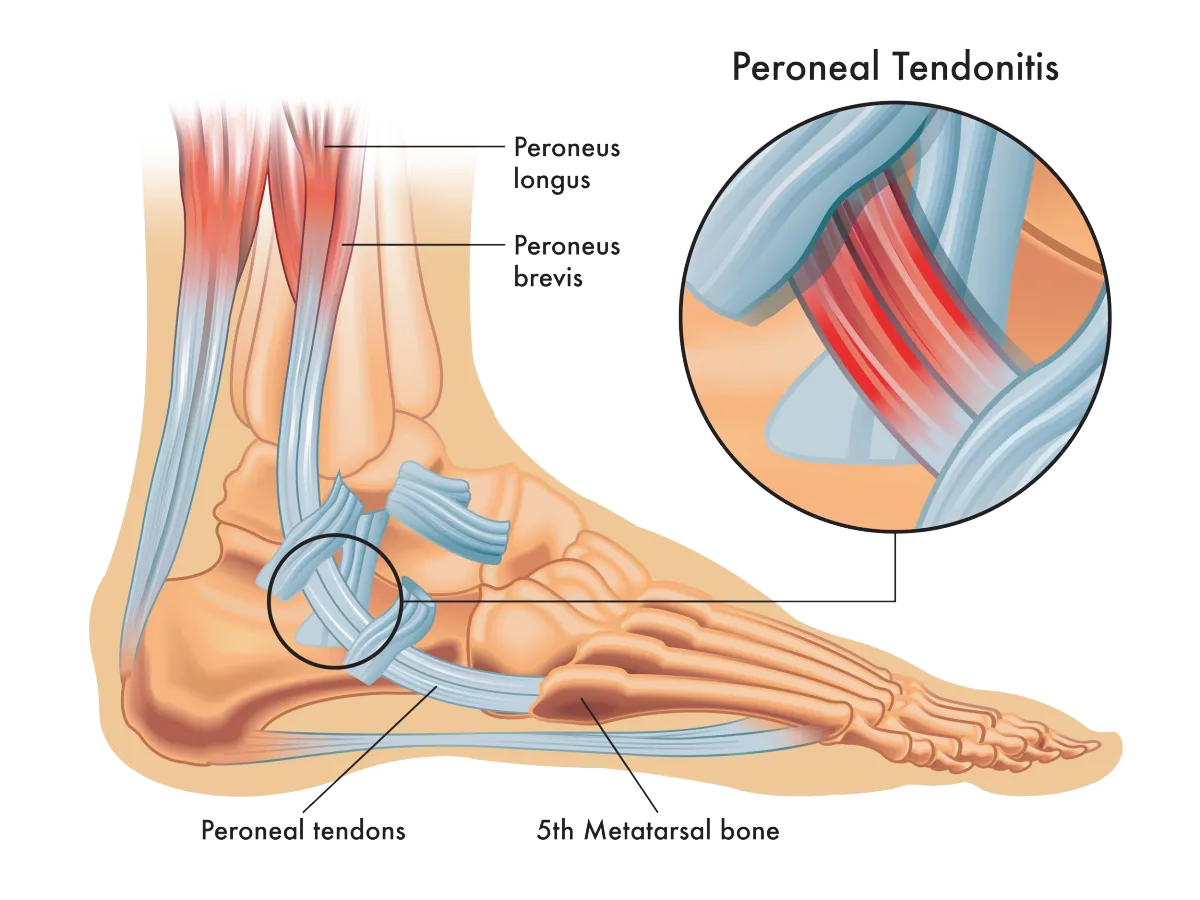
Causes of Peroneal Tendinopathy
Various factors can lead to peroneal tendinopathy, including:
1. Overuse:
Engaging in activities such as running or jumping can cause repetitive stress, leading to micro-tears in the tendons.
2. Ankle Sprains:
Previous ankle injuries can weaken the tendons, making them more prone to tendinopathy.
3. Inadequate Footwear:
Wearing shoes that lack proper support or have worn-out soles can increase the stress on the peroneal tendons.
4. Foot Mechanics:
High arches or abnormal gait patterns can contribute to tendon strain.
5. Sudden Activity Increase:
Rapidly escalating the intensity or duration of physical activity can overload the tendons.
Symptoms of Peroneal Tendinopathy
Individuals with peroneal tendinopathy may experience:
Pain
An aching or burning sensation along the outer ankle and foot, often worsening with activity.
Stiffness
Stiffness in the ankle, especially after periods of inactivity or first thing in the morning.
Swelling
Noticeable swelling or tenderness around the peroneal tendons.
Weakness
A feeling of weakness or instability in the ankle, which can affect balance.
Popping Sensation
A popping or snapping sensation during foot movement.
Diagnosing Peroneal Tendinopathy
Diagnosing this condition involves a thorough assessment by a podiatrist, who may use:
Physical Examination: To check for tenderness, swelling, and range of motion.
Ultrasound: For detailed imaging of the tendons to detect inflammation or tears.
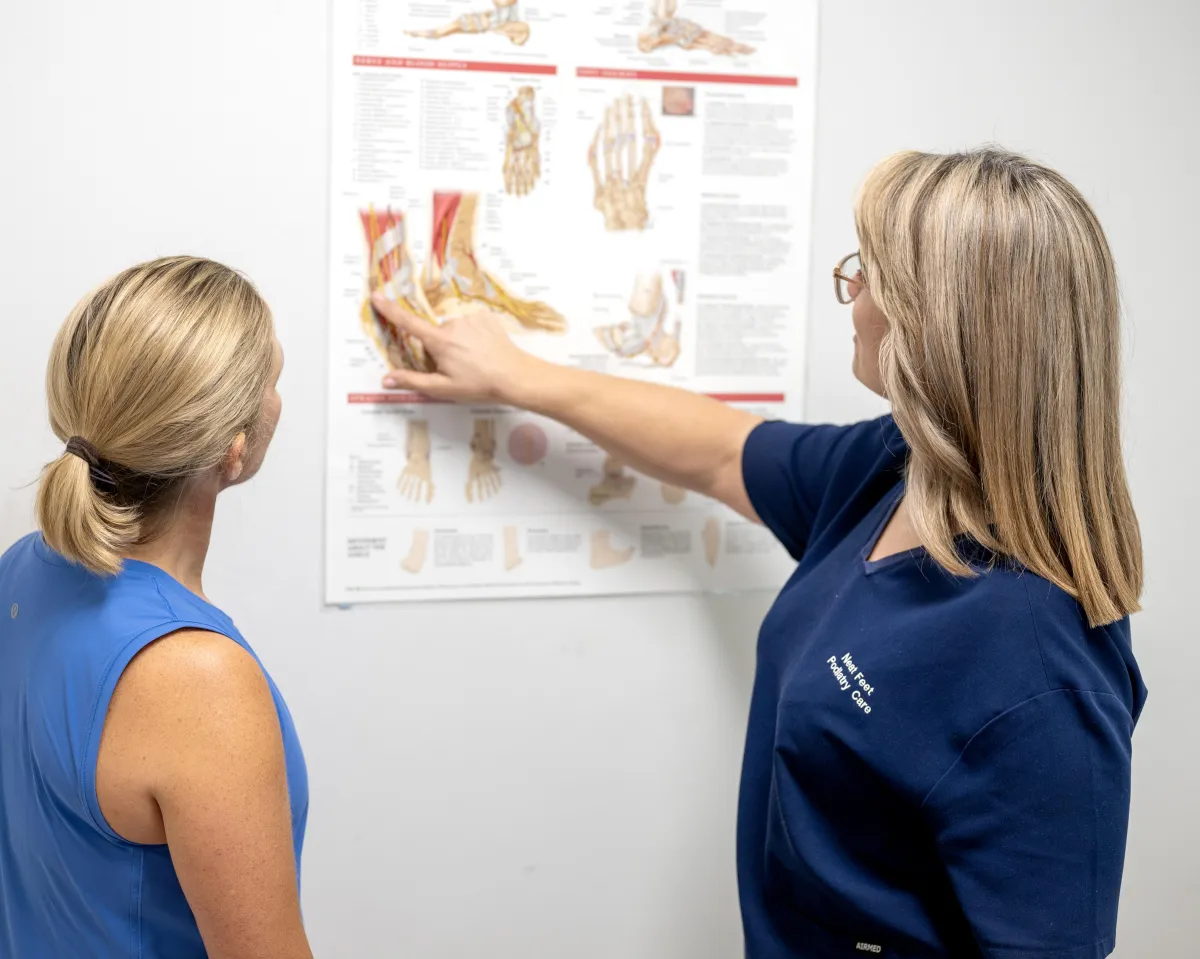
Treatment Options
Effective treatment strategies for peroneal tendinopathy include:
Rest and Activity Modification:
Reducing or modifying activities that exacerbate the condition is essential.
Ice Therapy:
Applying ice to the affected area helps reduce inflammation and pain.
Compression and Elevation:
Using compression bandages and elevating the foot minimizes swelling.
Stretching and Strengthening Exercises:
Tailored exercises can improve flexibility and strength in the peroneal tendons and surrounding muscles.
Orthotic Devices:
Custom orthotics provide additional support and reduce stress on the tendons.
Medications:
Nonsteroidal anti-inflammatory drugs (NSAIDs) can help manage pain and reduce inflammation.
Physical Therapy:
A personalized rehabilitation program designed by a physical therapist can aid recovery.
Extracorporeal Shock Wave Therapy (ESWT):
This non-invasive treatment promotes healing through shock waves.
Surgery:
Reserved for severe cases where conservative treatments fail, surgery may involve repairing or removing damaged tissue.
Preventing PERONEAL Tendinopathy

Gradual Increase in Activity:
Slowly increase the intensity and duration of physical activities to prevent overloading the tendons.
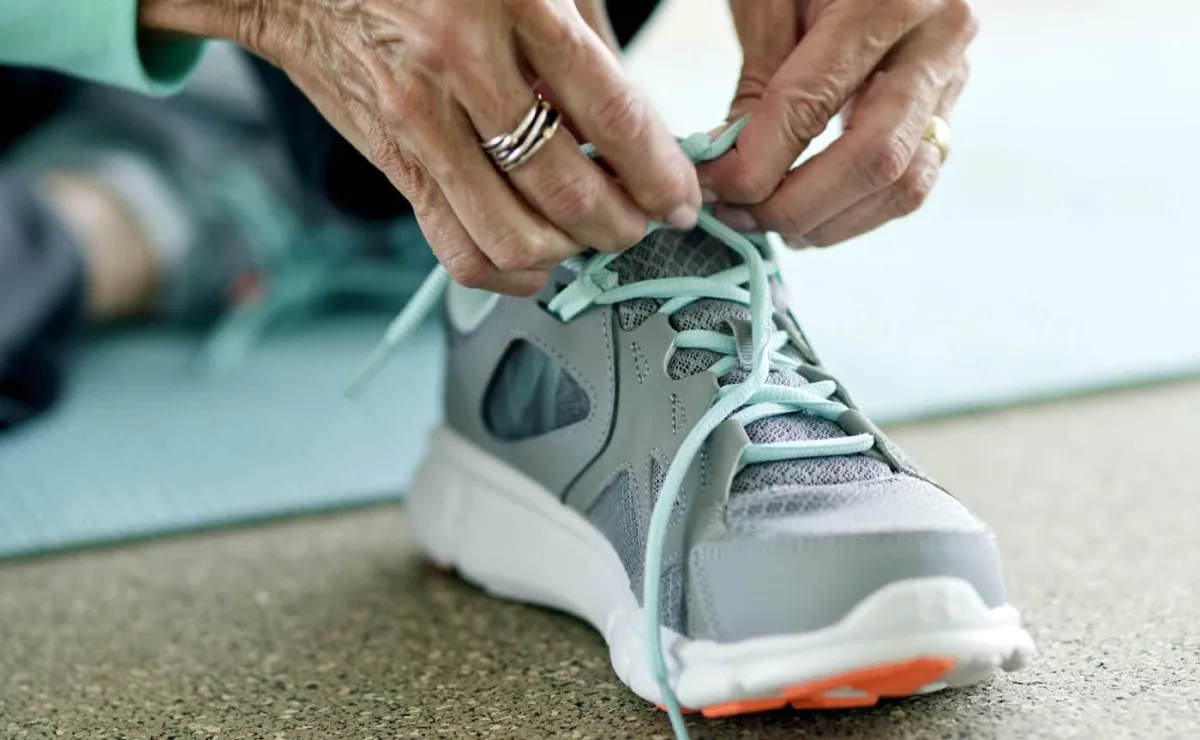
Proper Footwear:
Invest in shoes that offer adequate support and cushioning tailored to your activities.
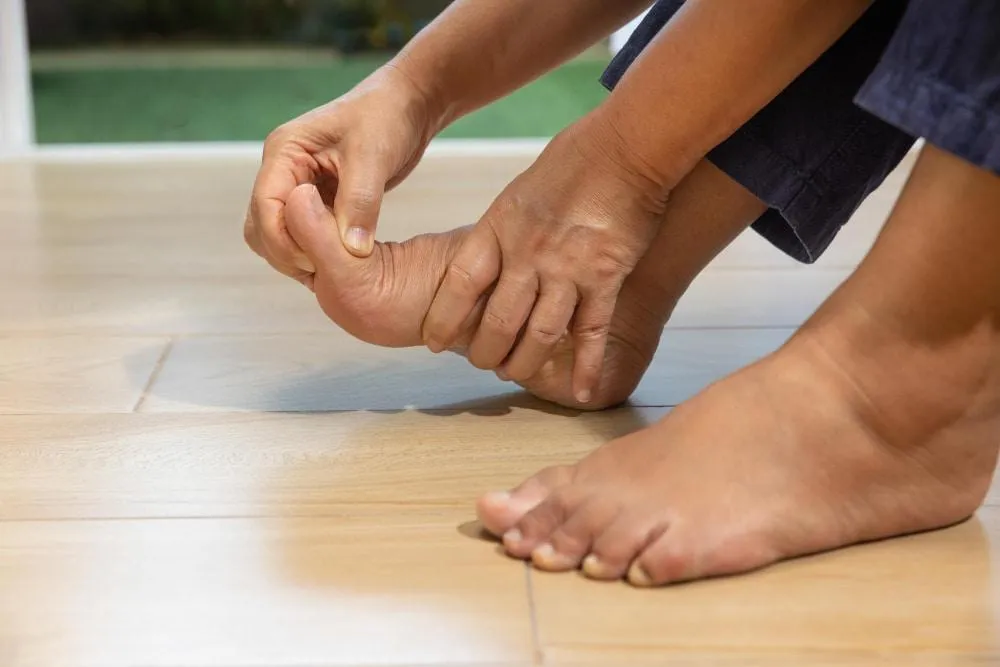
Stretching and Strengthening:
Maintain flexibility and strength in the peroneal tendons and surrounding muscles.
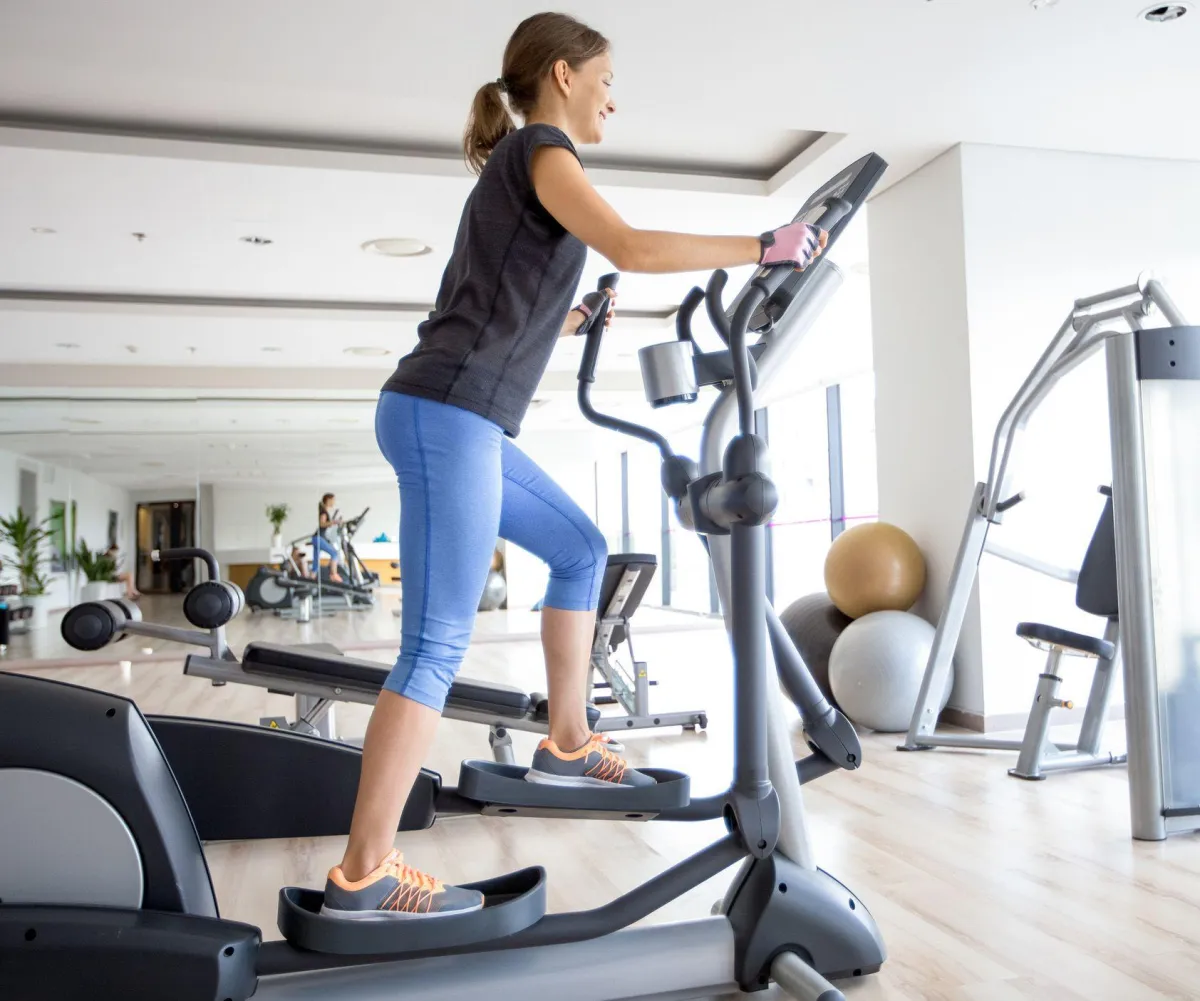
Cross-Training:
Include low-impact activities like swimming or cycling to reduce repetitive stress on the tendons.

Heed Your Body's Signals:
Monitoring for pain or discomfort and adjusting activities early can reduce the risk of further tendon strain or injury.
When to Consult a Podiatrist
Persistent pain, swelling, or difficulty in performing regular activities warrants a visit to a podiatrist. Early intervention can prevent further damage and facilitate a quicker recovery.
SERVICING BRISBANE'S WESTERN SUBURBS
Neat Feet Podiatry Care
Marshall Lane Health Clinic
8 Marshall Lane, Kenmore QLD 4069
Monday - Closed
Tuesday 9am - 5pm
Wednesday 8am - 4pm
Thursday 10am - 6pm
Friday 9am - 5pm

